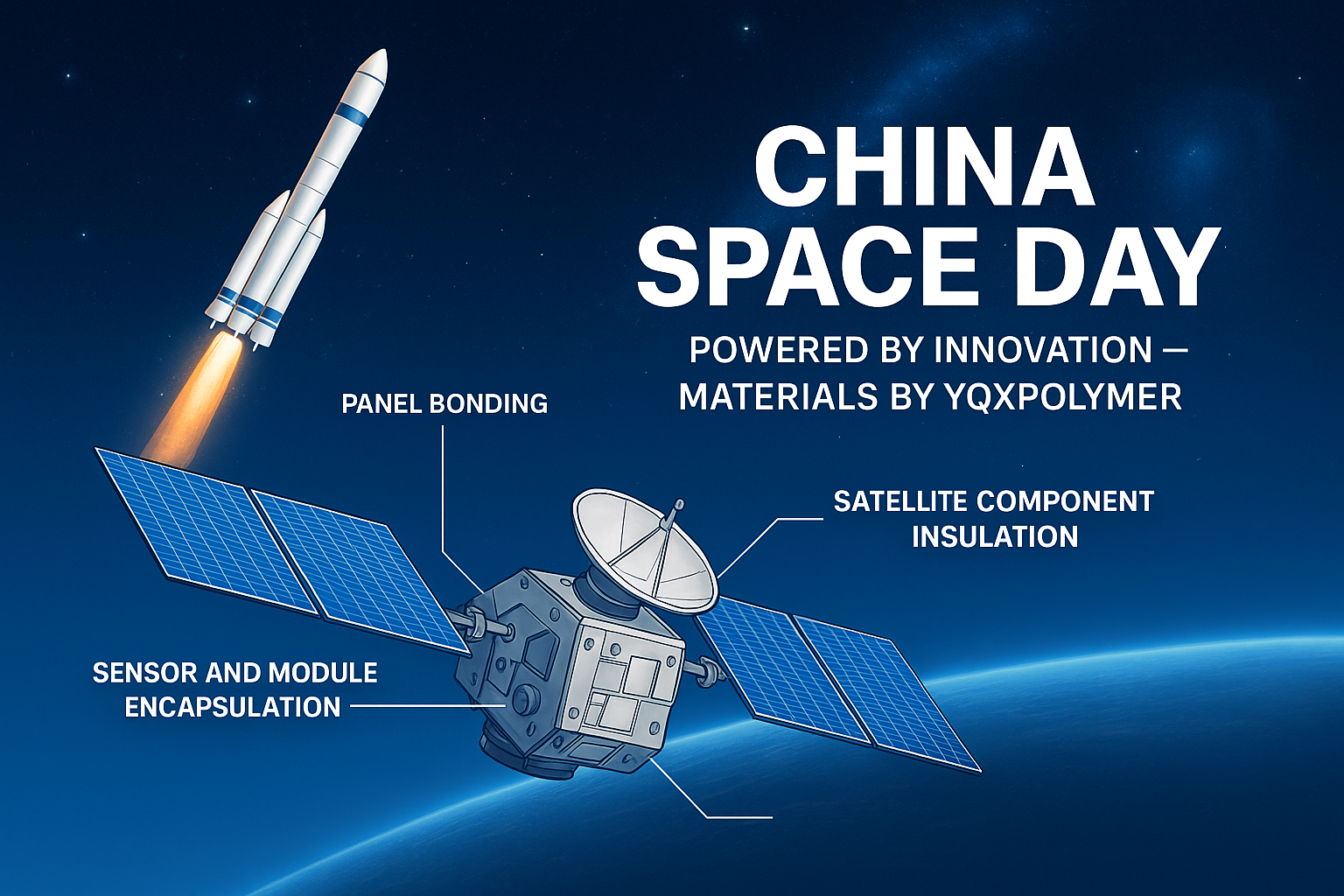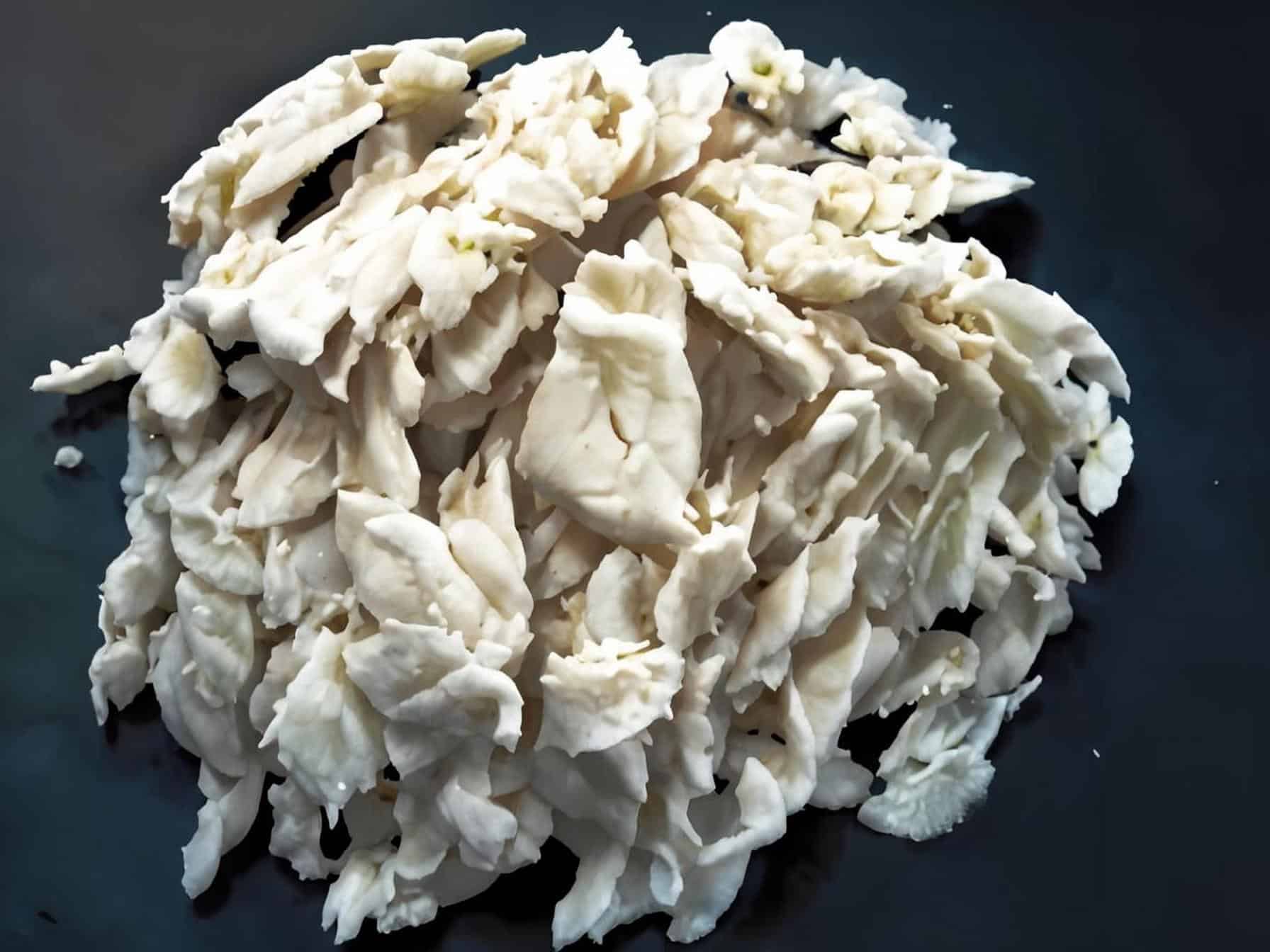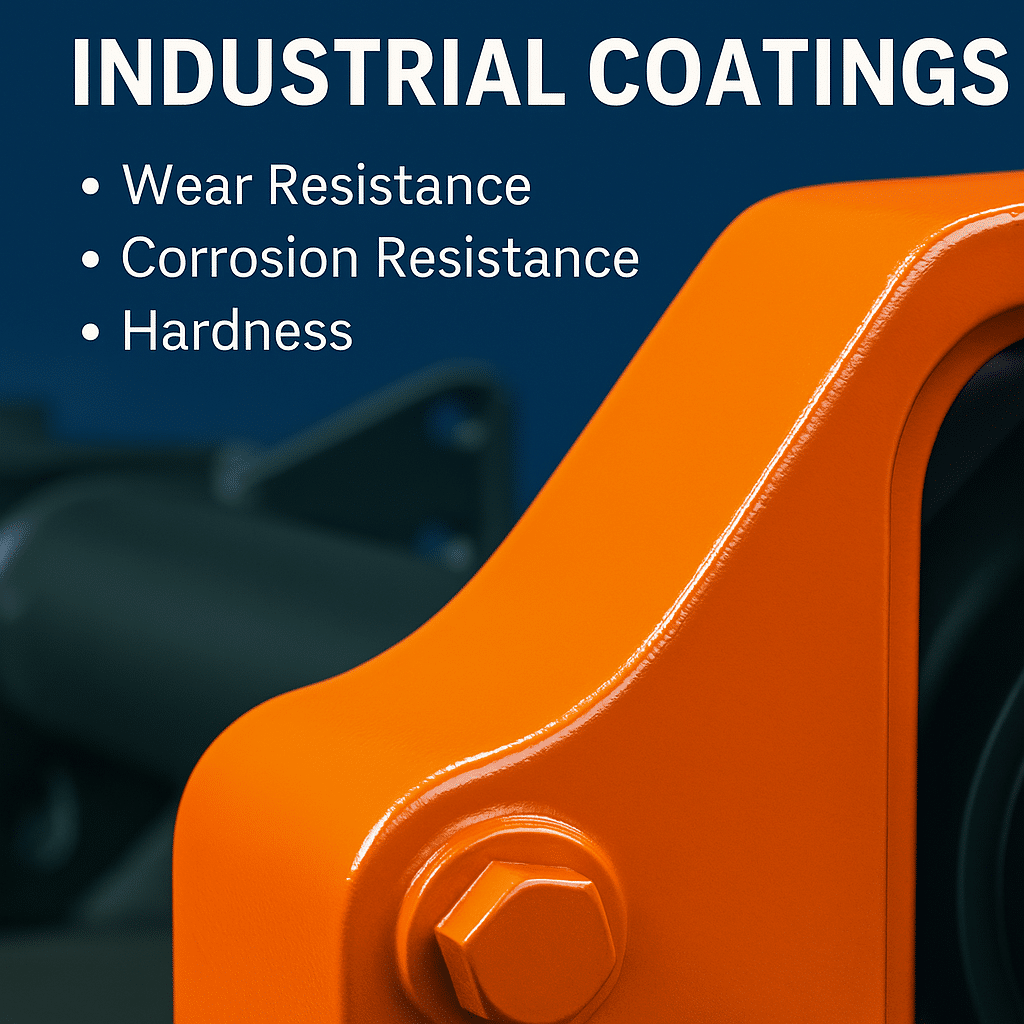Common smart cards are phone cards and micro SIM cards in mobile phones. The chip mounting process is as follows: first, the chip is mounted and wired on the epoxy resin glass tape, and protected with a sealant. The module (chip) is then embedded in the reserved cavity on the plastic card (using cyanoacrylate adhesive or hot-melt technology), and a smart card is obtained. The adhesive used to paste the chip is called die adhesive. It and the encapsulant are indispensable in the chip assembly process.
Depending on the needs of the chip function, the die adhesive can be conductive or insulating. Conductive adhesives are usually filled with pure silver conductive particles and require rapid polymerization and curing. The important characteristic indicators of chip adhesive design are viscosity, thixotropy index and working life, as well as thermal conductivity, electrical conductivity, electrical insulation and ion concentration, etc. are all important characteristic indicators of chip adhesive. Liquid sealant can be polymerized and cured by heating or ultraviolet radiation. Its most prominent chemical characteristics are determined by the epoxy resin matrix. The biggest advantages are low shrinkage, low moisture absorption and strong resistance to harsh environments. Copper or aluminum wires used in chip modules require elastic coating protection. Liquid encapsulants therefore require excellent flow characteristics to adequately cover chips and copper wires; thereby ensuring air-free and airtight installation requirements.
Heat-cured epoxy systems are traditionally used, which are stored frozen in syringes and have a short lifetime (8h) once thawed. Polymerization curing usually requires high temperature conditions F (150°C), and it takes up to 16 hours to completely cure. The industry has specially developed UV curing products. At room temperature and in a dark environment, the UV curing sealant has stable performance and can be stored for 12 months, which facilitates the use and transportation of the product. Compared with heating curing technology, UV and visible light curing systems have the advantages of saving time and cost, and can complete the sealing and curing process of chips within 30s, providing a quick solution for mass production. UV-curable products do not require any heating to assist polymerization after exposure to UV light. The more functions a chip has, the larger its size and therefore the larger the sealing area. However, the height limitation of the sealant (typically 0.4mm) is a problem for high flow UV sealants. A low-flow UV product is currently being developed to form a dam around the wire bonding area, and a low-viscosity filling product is used to fill the cavity formed in the dam. The properties of the dam adhesive and the fill adhesive must be matched to ensure that the connecting wires are not subjected to stress during curing or during use. The “dam filling” technique was applied to the bonding of microprocessors (minimum 5mm x 5mm). Today, many European manufacturers use UV curing technology to meet their sealing requirements.
More YQXPOLYMER Epoxy Resin information, please contact us via email: sales@yqxpolymer.com, or voice to us at: +86-28-8411-1861.
Some pictures and texts are reproduced from the Internet, and the copyright belongs to the original author. If there is any infringement, please contact us to delete.




